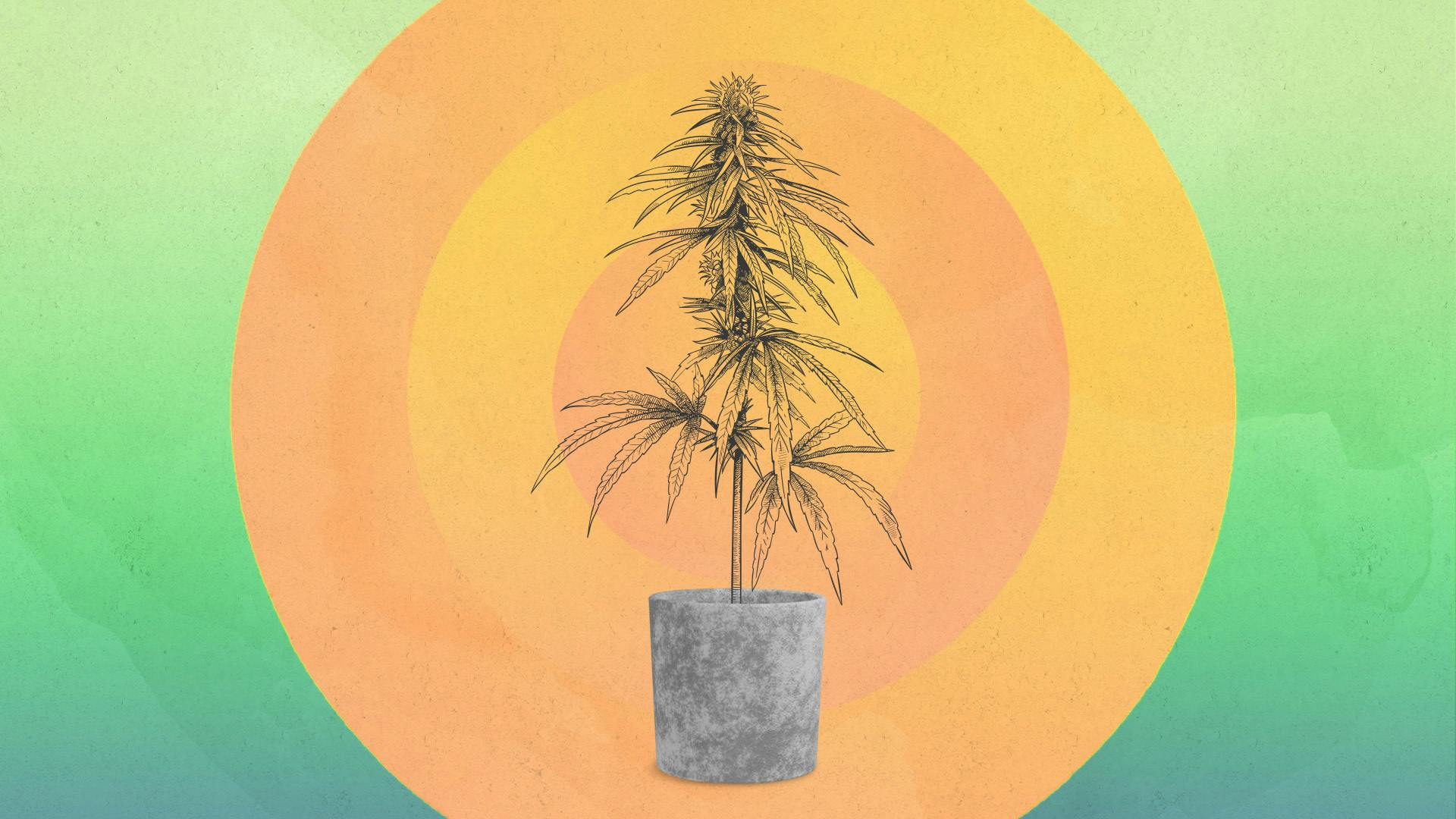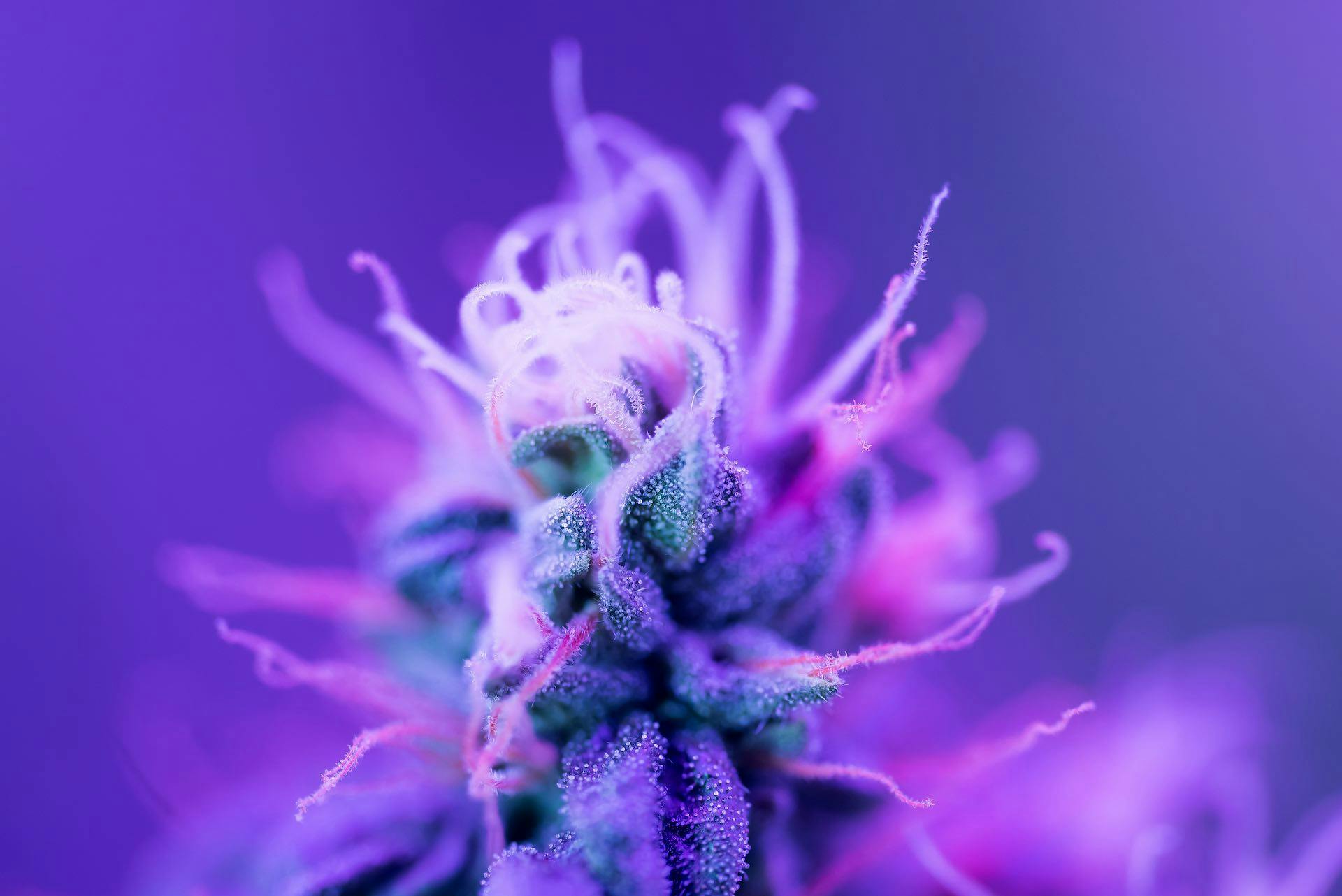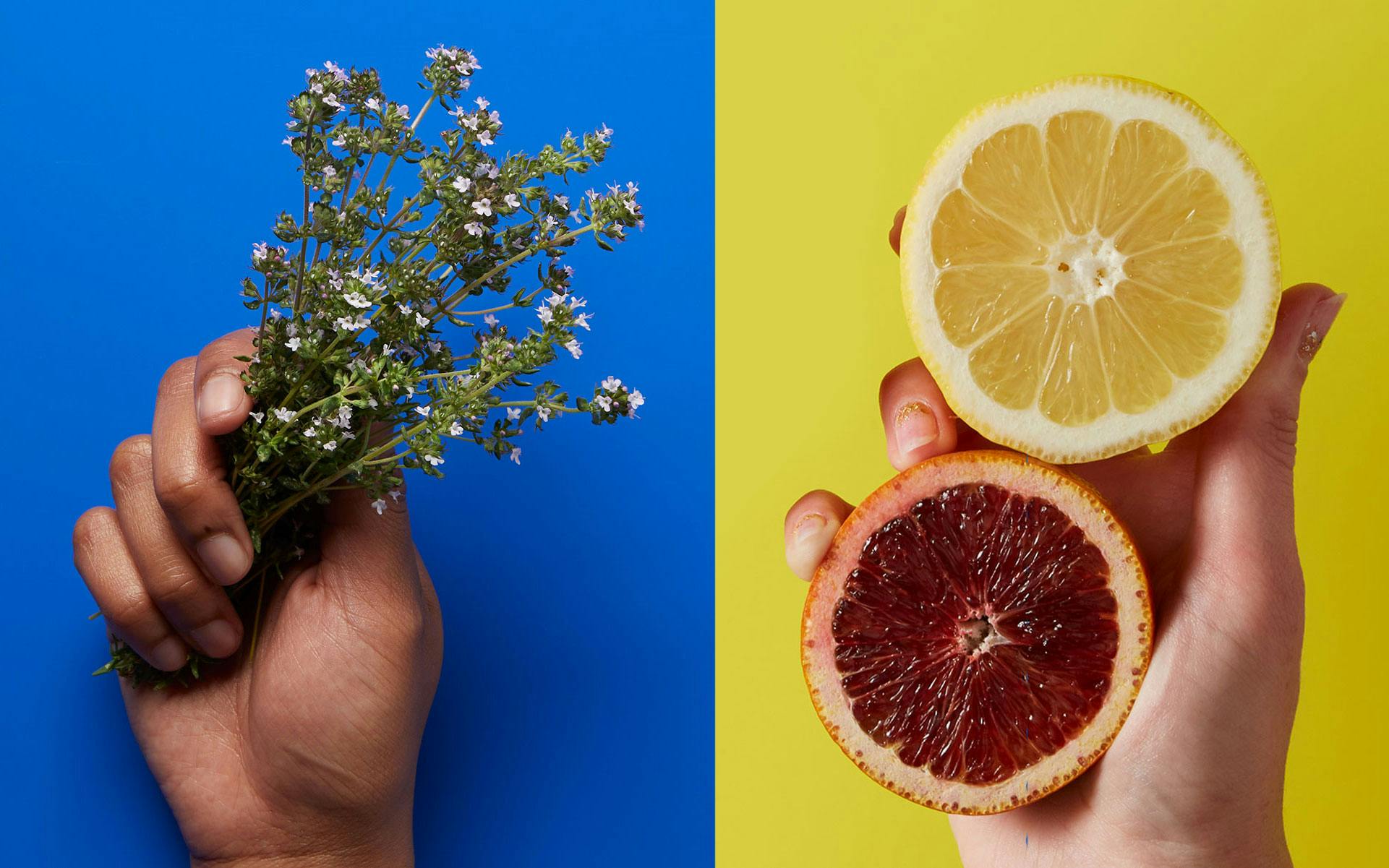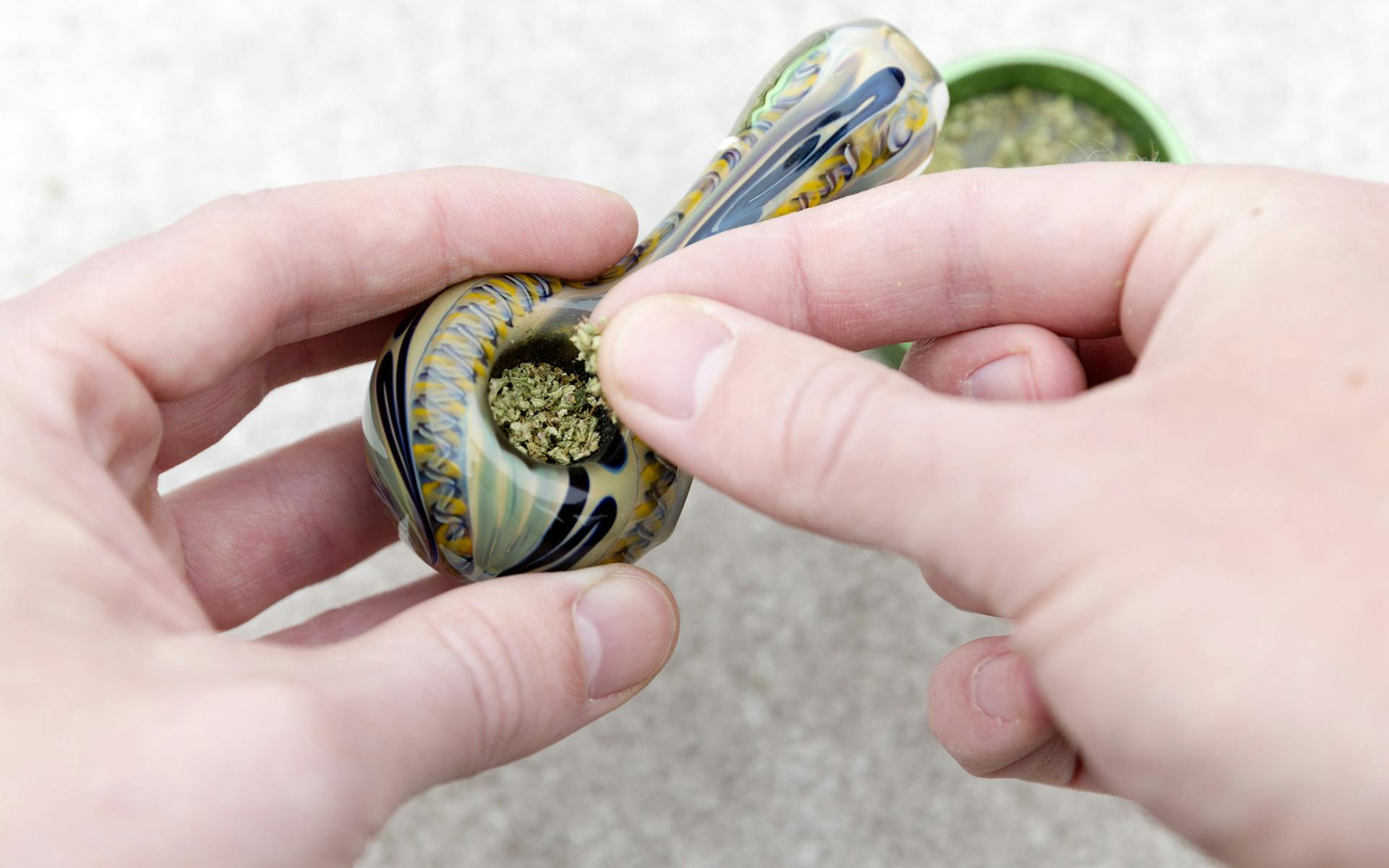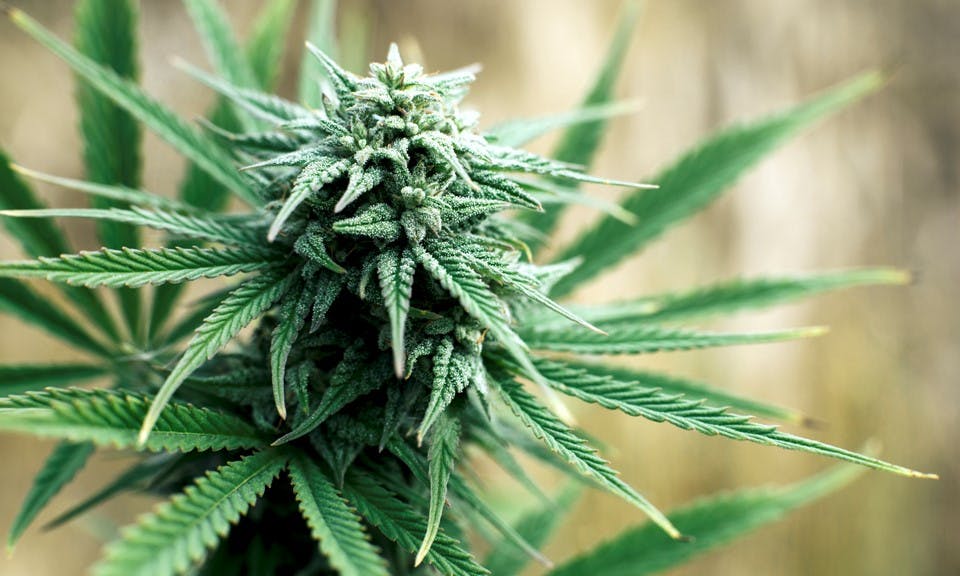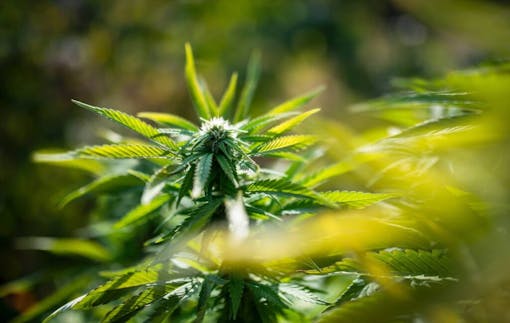
Written by Pat Goggins
It’s more challenging than you may think to explain how smoking weed leads to the feeling of being high. For a plant that humans have been consuming for thousands of years, you’d think we’d have it pinpointed by now.
Over the years, science has been able to quantify and chart the process of getting high; however, some of those steps still hold mysteries. We know about the main compounds in the plant, but not quite all of them. We know how those compounds interact with our bodies, but not entirely. And the whole process can vary wildly depending on how much weed you consume, the environment you’re in, or your mood when you smoke.
Research into the multiple benefits of the plant and how the human body interacts with it has grown leaps and bounds in the past decade since states started legalizing the plant. But federal illegality still hinders weed research on a broad scale, leaving many questions about the process of getting high unanswered.
Here’s what is known about how we get high.
Cannabis plant anatomy
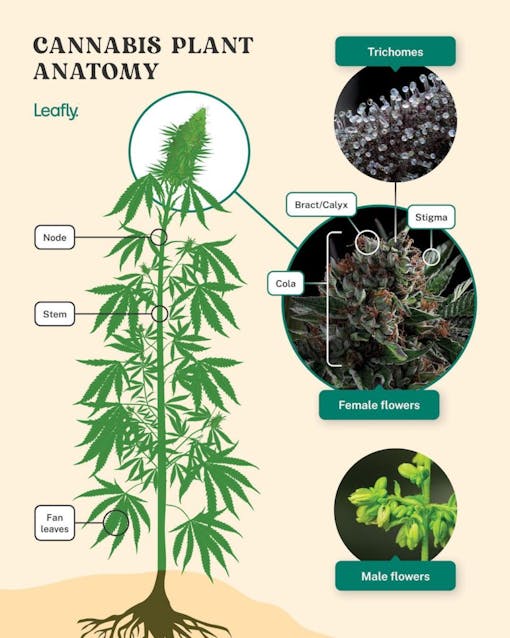
We all know that smoking buds from the cannabis plant gets you high. The compounds responsible for getting you high are called cannabinoids and terpenes (more below). Those compounds are contained in trichomes, which are resin glands primarily located on the buds of cannabis plants.
When you smoke bud, cannabinoids and terpenes are activated by heat and enter your lungs and body. These compounds can also be extracted from the plant and used to make hash, edibles, concentrates, vape carts, and other forms of weed.
Read more on cannabis plant anatomy.

Sour Diesel THCA Flower
28.1% THCA | Chemdawg x Super Skunk
Arete’s Sour Diesel hemp THCA flower is a 90/10 sativa-dominant hybrid grown indoors with living soil. Expect dense green buds with a heavy frost and a classic, loud-diesel aroma. Effects are energetic, creative, and cerebral. Have it shipped to your door in US states that allow hemp flower products!
3.5g, 7g, 14g, and 28g
We may earn a small commission if you buy through links on this page. Availability subject to law.
What are cannabinoids?
The main cannabinoid that you’re probably familiar with in the weed plant is THC. This is what predominantly makes you feel high, or gives feelings of euphoria or relaxation. The other prominent cannabinoid you’ve probably heard about is CBD, which does not get you high, but does provide medicinal and therapeutic benefits (THC does as well).
Shop highly rated dispensaries near you
Showing you dispensaries nearThere are other cannabinoids, such as THCA, CBG, CBN, and over 100 more. Some have already been identified, and some have not. Most weed strains you buy at the dispensary will be high in THC, and some will be high in CBD or have a balance of the two.
When consumed, cannabinoids interact with the body’s endocannabinoid system to produce effects, working in tandem with terpenes.
What are terpenes?
Terpenes are the scent compounds in cannabis. They give a weed strain its particular smell and taste. A handful of terpenes are abundant in cannabis: myrcene, caryophyllene, and limonene, plus others in trace amounts. Like cannabinoids, there are hundreds of terpenes in cannabis and other plants.
Terpenes can also produce effects, and they work together with cannabinoids to do so. But how specific terpenes create effects and how they work together is still not fully known.
How the endocannabinoid system works
The system in your body (in all vertebrates, for that matter) that causes you to feel high and other effects of cannabis is the endocannabinoid system. The cannabis plant contains phytocannabinoids, or plant cannabinoids, such as THC and CBD, and the body contains endocannabinoids—”endo” means “within.”
When you get high, you consume plant cannabinoids, which interact with and attach to receptors in the endocannabinoid system. The receptors then release endocannabinoids in your body, and that’s how you chemically feel high.
Many factors can affect this experience: the type of strain you consume (or its mix of cannabinoids and terpenes), as well as your own body chemistry, or how sensitive or tolerant you are to cannabis.
Read more on the endocannabinoid system.
How to dose weed
How much cannabis you consume, also known as dosage, can significantly affect your cannabis experience. Generally, three hits off a joint will produce more substantial effects than one hit, but dosing cannabis can be trickier than that.
Cannabis effects can plateau at a certain point, and consuming more won’t necessarily make you more high. This is the opposite of many drugs, in which consuming more of the drug equals more experienced effects. Cannabis is referred to as biphasic because more weed can equal more effects to a certain point, but after that plateau, effects enter another phase where more weed doesn’t always equal more effects.
Cannabis is also bidirectional because it can have opposite effects at different doses. A little bit of weed might calm you down, but a lot of weed might make you anxious. At one dose, it can help anxiety; at another, it can exacerbate it.
The correct dose is different for every person based on their own body chemistry, a weed strain’s chemical profile, and how much they consume. One hit may be plenty for you, while your friend can burn down a whole joint without batting an eye.
What is the entourage effect?
There is still much to learn about cannabinoids and terpenes. Still, we do know that they work together synergistically to produce effects in a person in a phenomenon called the entourage effect. By interacting with each other and activating the body’s endocannabinoid system, cannabinoids and terpenes cause you to feel high, experience symptom relief or feel other effects from cannabis.
Many consumers prescribe to whole-plant medicine, meaning they prefer to consume a product with all the compounds of a plant, as opposed to a product that has only one compound in isolation—for example, consuming flower with a rich mix of cannabinoids and terpenes (full-spectrum) versus a CBD tincture containing only extracted CBD (an isolate).
The sum is greater than the whole when it comes to the entourage effect; however, we still don’t know how all the pieces add up. As with many things relating to cannabis, there’s much more to learn about the entourage effect, and the exact way distinct cannabinoids and terpenes interact together.
Read more on the entourage effect.
How set and setting affect your high
Another phenomenon tied to consuming weed that is hard to pinpoint is set and setting—or your state of mind (mindset) and the environment (set) you’re in when consuming cannabis. If your mindset is negative, like having a bad day, you might end up having a bad smoke session no matter how much you love weed. If you’re in a good mood, you’re more likely to have a good sesh.
The same is true for your setting. Smoking in a calm, quiet forest will create a much different experience than smoking at a crowded party. Depending on what you want or what mood you’re in, those environments can add to a positive or negative experience.
Part of one’s mindset can be intention or your motivation for getting stoned. Is it for relief of specific symptoms, or are you consuming to hang out, do art, or go for a run? Do you want to get a little high or very high? Setting an intention can prime your mind for the experience you’re about to have. But of course, having no intention is OK too, and may even be preferable for some.
Learn more about cannabis
By providing us with your email address, you agree to Leafly's Terms of Service and Privacy Policy.
